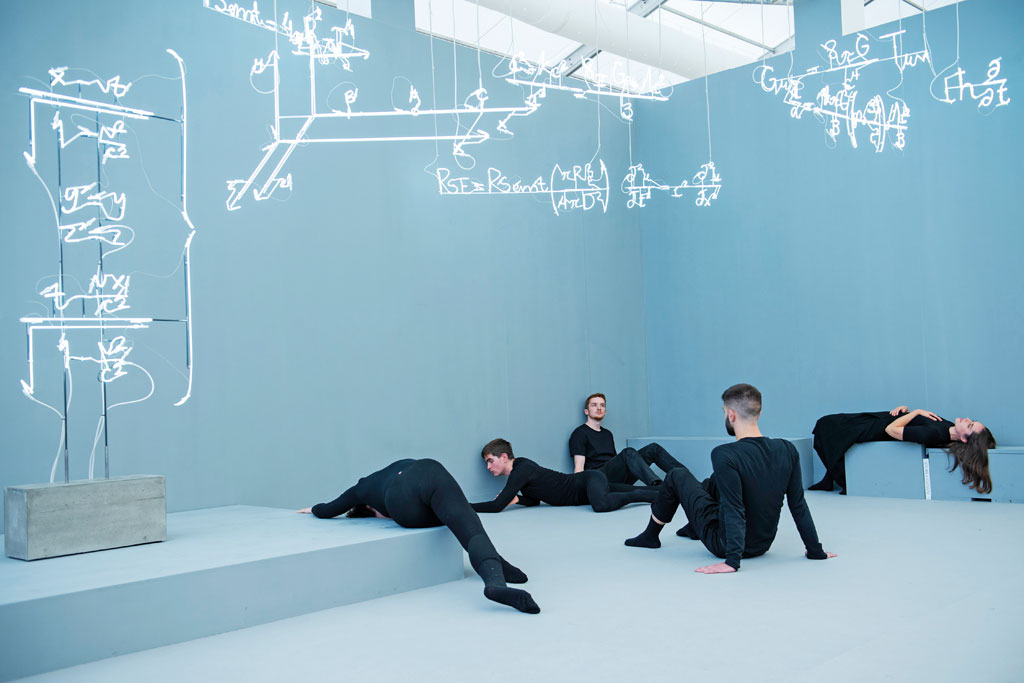Ed Vaizey Discusses All Things Frieze
C&TH's new columnist talks contemporary art in London
This post may contain affiliate links. Learn more
Only at Frieze could a one-year-old become a work of art, says Ed Vaizey in his new column…
When my son was one year old, he became a work of art. He took part in an ‘installation’, which involved him crawling around the floor among various objects. Nick Serota, then the grand head of Tate, the world’s leading contemporary art museum, looked on benignly. There may have been someone dressed up as a policeman involved as well.
This momentous event took place at Frieze. My son was following a fine family tradition. When the artist Michael Landy destroyed all his possessions at the recently closed Debenhams on Oxford Street, I turned up and handed over my credit card for shredding. This led to some inconvenience, as it took me months to get a new one.
London remains probably the greatest city in the world for contemporary art, better even than New York. This is in no small part down to Frieze, the enormous art show that takes over Regent’s Park every October, and where my son, a decade ago, had a crawl-on part.
Frieze itself has been going for 17 years. Started by Matthew Slotover and Amanda Sharp, it emerged from the magazine of the same title, which launched in the nineties and rode the wave of Brit Art – Tracey Emin, Damien Hirst et al – to establish itself as the world’s leading global contemporary art brand.
Stripped back, Frieze is no more than a trade show, a vast space to allow galleries to show their wares to punters. But it is much more than that. Frieze week dominates London, generating a host of events in and around the mother ship.
It brings in millions of pounds to the city, with restaurants, hotels, taxis and events companies all taking advantage of an event that attracts more than 60,000 of the global elite. Even the Financial Times prints a special supplement.
The genius of Frieze is its style and capacity to reinvent – 160 galleries from 36 countries will attract not just professional collectors, but also art enthusiasts who want to visit what will be, for that week, the world’s largest contemporary art museum. Just a short walk up the road, Frieze Masters, started a decade after the original, caters to those whose taste stretches back as far as six millennia. Alongside is the Frieze Sculpture Park, with works by 20 international artists, curated by the world-renowned Yorkshire Sculpture Park.
The tents that house the main shows are commissioned from architects (Annabelle Selldorf has built the tent for Frieze Masters this year), and there are wall-to-wall talks by people such as Tim Marlow and Norman Rosenthal. Despite the crowds, the viewing spaces are light and airy – all white, with high ceilings and spacious rooms for the galleries, and plenty of high-end restaurants and cafés offering places to rest weary feet and feed appetites beyond the visual.
Frieze is a day out. It will set you back £60 to visit both sites (the sculpture park is free) but there is nowhere else on the planet that offers the breadth of works displayed in this pop-up art village – a combination of the Louvre, Tate and British Museum in one place. Take part in this great art installation. You know you want to.
The Best Art Exhibitions in London | London Street Art: The C&TH Guide

